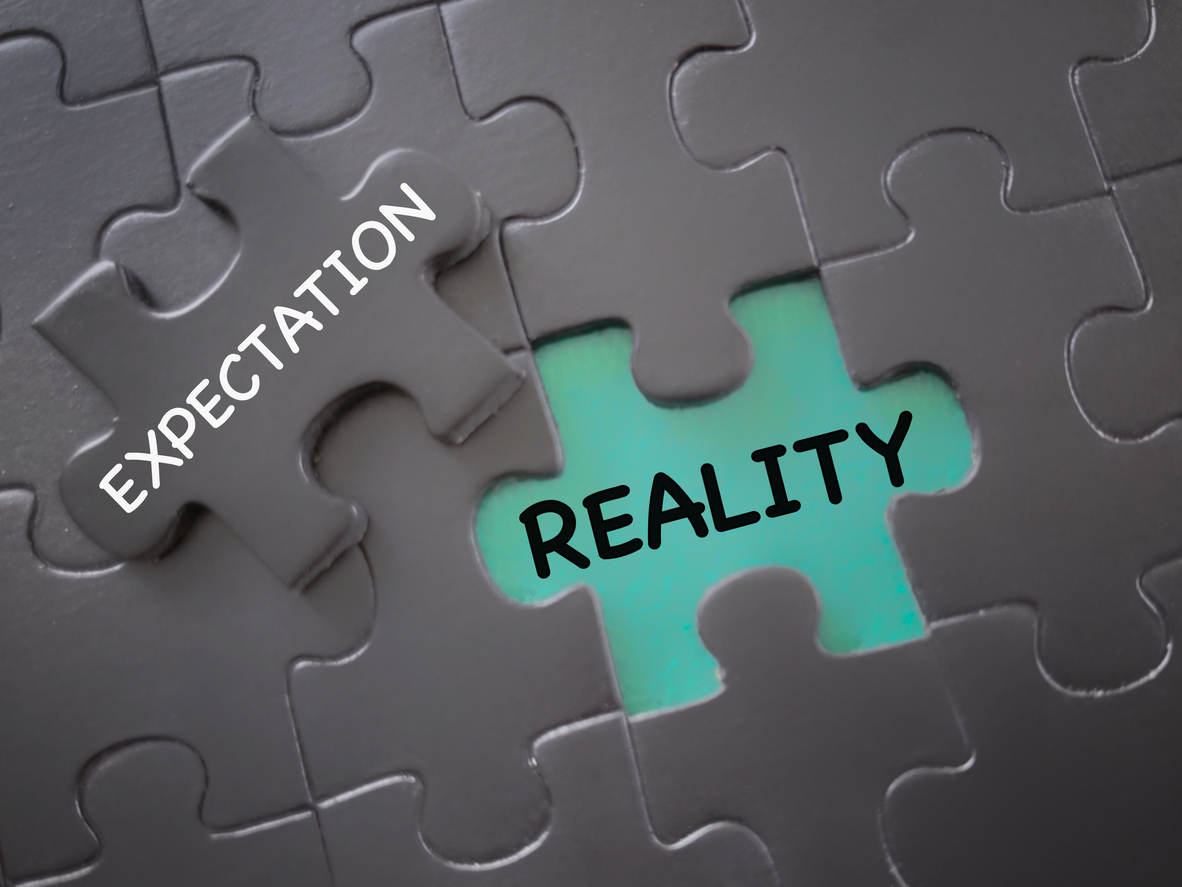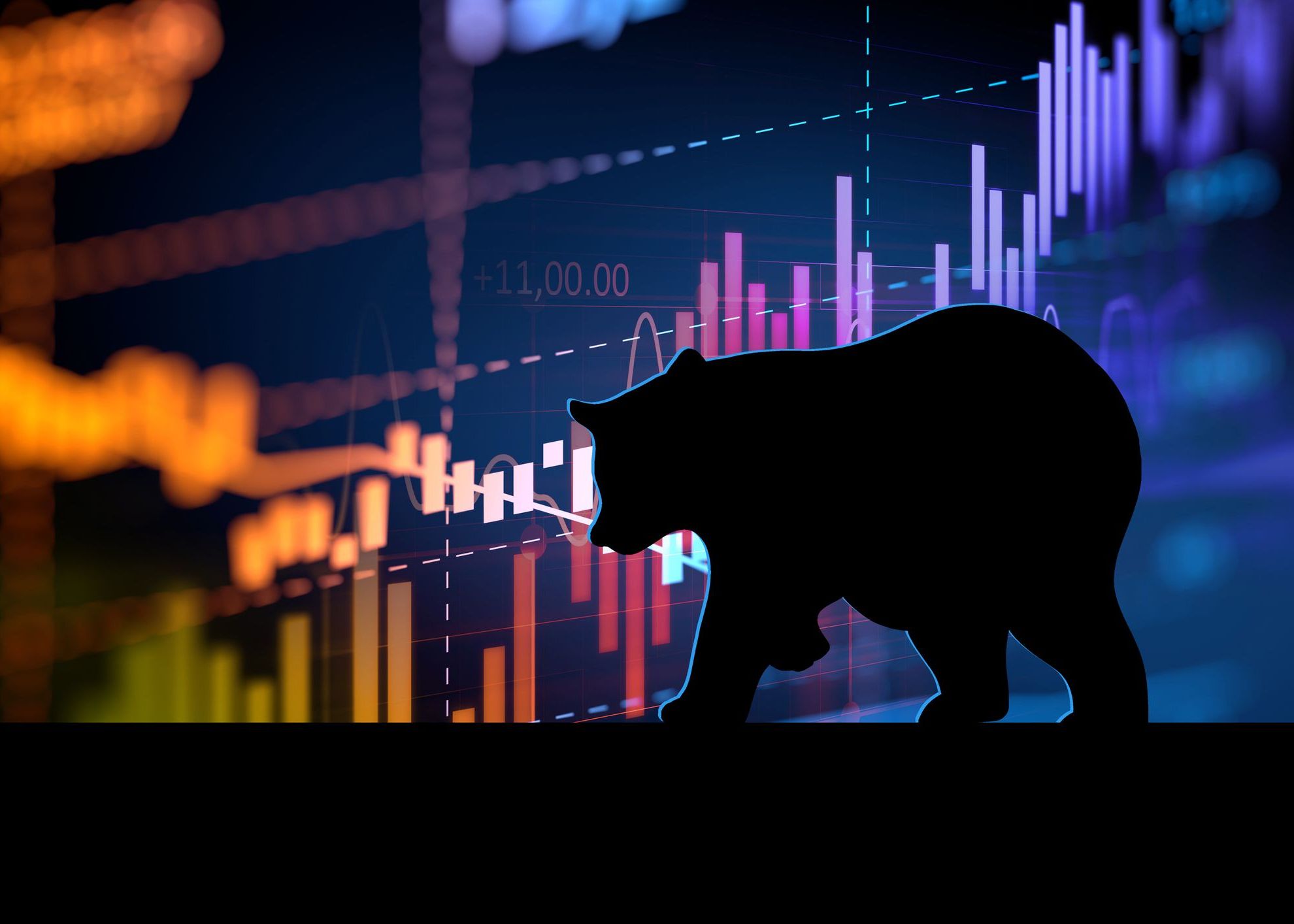
Seinfeld fans love the irrational antics of George Costanza, partly because we recognize pieces of ourselves in his behavior. While George never set out to give financial advice, his quirks highlight important truths about human behavior and investing.
The Amygdala – Our “Fear Center”
In Season 5, Episode 20, George is at a birthday party when he suddenly spots a fire. Panic sets in. He bolts for the door, pushing aside an elderly woman and even peeling a child off the exit. Rational George disappeared the instant fear took over. That’s the amygdala at work, the part of our brain that drives fight-or-flight reactions.
For investors, it’s the same force that tempts us to sell low when markets fall. We saw this in April, when a surprise tariff announcement triggered a sharp selloff. Many investors followed what felt natural; they sold. No one puts “sell low” into their investment plan, yet that’s exactly what happened. This wasn’t about strategy; it was biology. And because this reaction is hardwired, it takes preparation and discipline to counteract it.
Opposite George
In Season 5, Episode 22, George has an epiphany: every instinct he’s ever had is wrong. So, he decides to do the opposite of his natural impulses and suddenly finds success.
I’m not suggesting we do the opposite of every instinct or initial thought. But we do need to pause, reflect, and learn from where instincts have misled us before. With markets at elevated valuations and uncertainty around tariffs and the economy, a bit of “Opposite George” thinking — questioning the gut reaction — can be a powerful defense.
My Role
When the next downturn comes, our instincts and amygdala will push us toward impulsive action. That’s why it’s essential to prepare not just a financial plan, but also a plan for how you’ll respond when the unexpected strikes; whether it’s a crisis, a selloff, or unsettling headlines. That’s why you have me!
My role is to help ensure your decisions remain thoughtful and deliberate, always aligned with your plan. This becomes especially important when uncertainty abounds, markets turn noisy, and emotions run high — which, as we know, is almost a monthly occurrence in investing.








